In a SHTF scenario, knowing how to convert used vegetable oil into usable oil for biodiesel at home is going to be critical. It will be a skill that you need for yourself, and will also be a valuable bartering skill because people are going to need it. Today we’re going to tell you exactly what you need to do to make oil at home for conversion into biofuel.
Whether you’re using biodiesel in order to be independent, to save some money, or to save the environment, you’re doing the right thing. Biodiesel is not-toxic, biodegradable and organic. It doesn’t hurt the environment and it doesn’t rely on petroleum or other fossil fuels for production.
In other words, by using biodiesel, you’re breaking free of petroleum dependence AND you’re helping the environment. It’s a win-win. Let’s get started.
Materials and Ingredients
You’re going to need more than just vegetable oil for this process. Here’s your list:
- Used vegetable oil, also known as WVO
- Lye of potassium hydroxide (KOH)
- A large stock pot
- An eye dropper
- At least 5 glass quart jars
- Distilled or purified water
- Isopropyl alcohol
Collect Your Oil
You can use fresh vegetable oil, but that can get expensive and it’s also a waste. Instead, get your oil for free from local restaurants and bars. In a survival situation, you won’t want to waste your valuable fresh oil on fuel but you will want to recycle your own and whatever you can still collect.
Many restaurants are willing to give away used vegetable oil because they typically have to pay for its removal. Go around, make friends with managers, and establish some sources.
Don’t rely on just one though; putting all of your eggs in one basket is never a good idea. It’s easiest if the restaurant just puts the used oil back into its original container once it cools off. Since this oil is going to have bits and pieces of fried foods in it, it’s best to let the oil settle for a couple of days after you pick it up.
Filter Your Oil
You don’t need to remove every single impurity but you definitely need to remove the largest chunks. Using a fine screen or even a paint screen will do the trick. Make sure that all of your oil is filtered, though. Simply put the screen over what we refer to as a holding tank and pour the oil through the screen and into the tank. Don’t pour the chunks and sediment that have settled on the bottom through. Leave them in to original container.
Heat the Oil
This is an optional step but we do it in order to remove excess water and sediment. Gently heat the oil to 70 degrees Celsius and keep it there for a few hours. The water and sediment will settle to the bottom of the oil. Siphon the oil off the top, leaving the water and sediment.
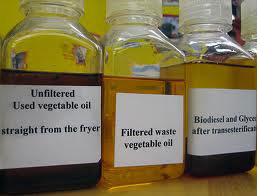 Why Used Oil Needs Prepared
Why Used Oil Needs Prepared
Used cooking oil has food chunks in it that need to be filtered out. Also, when you fry vegetables in the oil, water gets trapped in the oil. We can get most of that out by heating the oil gently to 70 degrees Celsius. The water will settle on the bottom and we just drain it off.
The combination of water and heat from frying also causes a chemical change in the composition of the oil. The oil becomes more acidic. The triglycerides (fat molecules) in the oil break down and form what are known as free fatty acids, or FFAs; fat molecules that aren’t bound to glycerin.
That’s a bad thing because that reaction uses up the catalyst and keeps it from turning the triglycerides into biodiesel. When the FFAs bind with the catalyst, they turn to soap.
Balance the pH of Your Oil
To counteract this, it’s necessary to balance the acidity in the oil. This means that we introduce a base to counteract an acid in order to restore the oil to something that will convert into biodiesel. Now, if you’re like me, your head is probably spinning and you’ve decided that making biodiesel is above your pay-grade. Relax. There’s a simple procedure called titration that chemists have figured out. It’s based upon the concept that one molecule of base neutralizes one molecule of acid.
In order to figure out how much extra base (either KOH or lye) that you need to add to you oil in order to begin the transesterification reaction (turn it into biofuel) here is what you do. Use oil that you’ve already filtered, heated, and siphoned:
- Dissolve 1g of KOH or lye in 1L of distilled or purified water.
- Put this reference solution in jar 1.
- In jar 2, add 20ml of isopropyl alcohol.
- Pour 10 ml of the alcohol into jar 3.
- Add 2 or 3 drops of phenolphthalein solution (a pH indicator) to jar 3.
- Swirl to mix.
- Add 1ml of your oil to jar 3 and swirl to thoroughly mix. Bubbles in the oil will separate and start to mix with the alcohol.
- Repeat steps 3-7 two more times so that you have 3 separate jars of this solution. It’s called the analyte.
- Now begin the titration process. Record the amount of reference solution in the burette.
- Start with 1 jar of analyte solution under the tap of the burette of reference solution.
- Add one drop of reference solution at a time to the analyte, swirling between each drop to see if color goes away.
- Continue to add reference solution until the mixture of analyte and reference solution turns pink and stays pink for 30 seconds while swirling.
- Record how much reference solution you used by finding the difference between how much reference solution you started with and the final volume. Record quantity used as T.
- Complete titration with the other two jars of analyte.
- Calculate the average value for T using the three trials.
This sounds really technical, but when you actually do it, you’ll see how easy it actually is. What T equals is the amount of EXTRA base (either KOH or lye) that you’ll need to add per liter of used oil in order to properly turn it to biodiesel. If you were using virgin vegetable oil, you would use 7g of KOH or 5.5g of lye per liter of oil. So, to figure how much you’ll need in total, use this formula:
KOH: T + 7g = how much KOH to add per liter of oil
Lye: T + 5.5g = how much lye to add per liter of oil
Now you know how to make oil at home for conversion into biodiesel. The actual process of making biofuel is fairly easy and can be completed with very little effort.
However, you’re now a step ahead of many other people and this skill will be extremely useful in a SHTF scenario. We did our best to simplify the process so that it’s easy to understand!
This article has been written by Theresa Crouse for Survivopedia.




























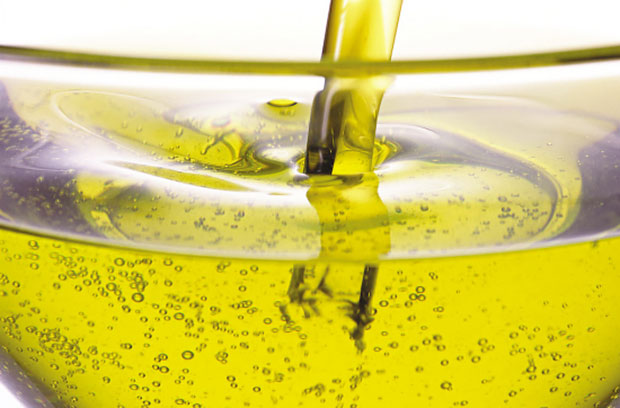

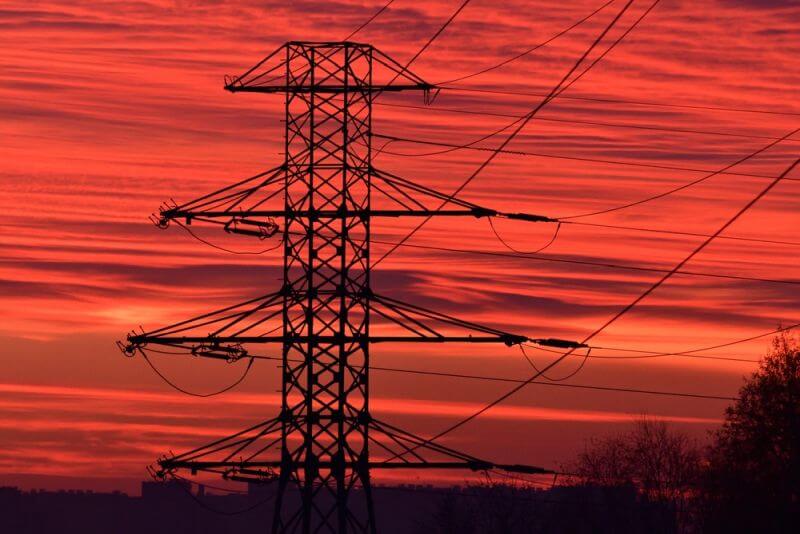
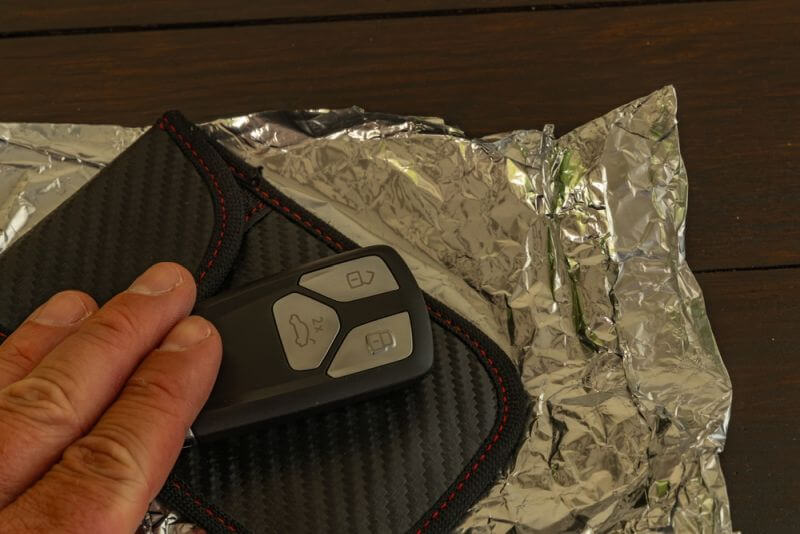
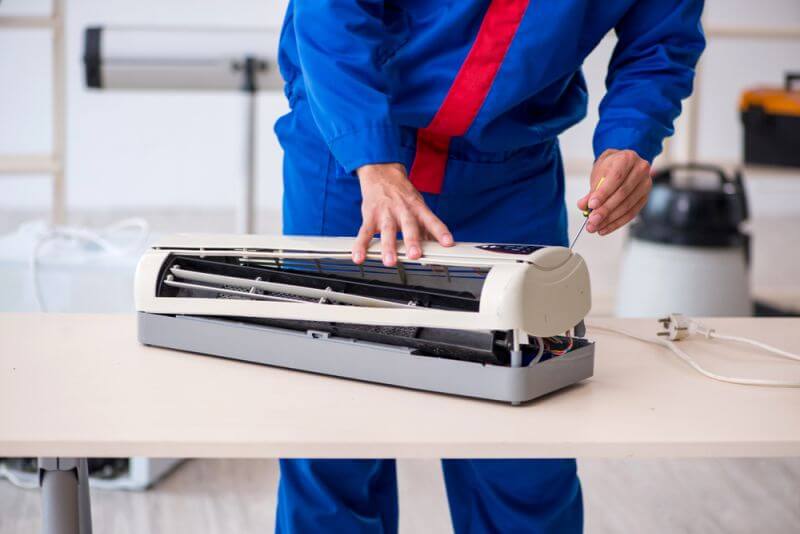
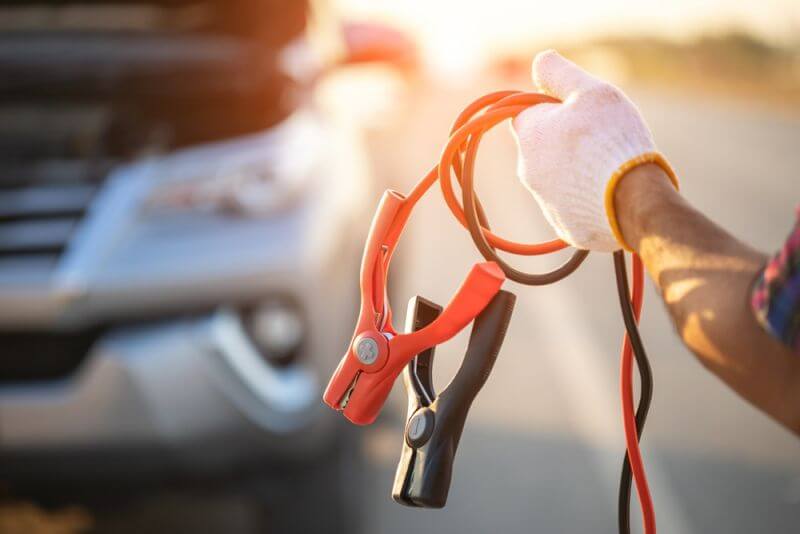







































This article does not talk about MAKING oil. Cleaning oil from other places, yes, but I was expecting a few techniques for extracting oil from seeds and the like.
I was rather disappointed.
Thanks.
Stay close, Owen. Making oil is a big topic, and other articles are to come. Thank you a lot for your feedback.
I liked the bio diesel recipe a lot because we own a Pajero 4×4 diesel powered vehicle, so this article is extremely relevant. Besides I can’t see to many alternatives to petrol powered vehicles being produced. I’m loving these practical articles, keep up the good work. Thanks Survivopedia.
You narrative breaks down at step 8. If we repeat steps 3-7 we do it to jar 3 3 times. You need to be more specific.
Thanks for the other info,
G. Gammon
Photobioreactors. This is a method that uses a system of hoses or bottles that have water circulated through them and are exposed to light. The algae may also be grown in a container that’s completely opaque and enclosed indoors, with light being pumped into it. That’s an expensive, industrial way to do it though, and is outside the scope of the DIY’er. Again, you’ll need to pump CO2 through it in order to control the growth of your algae. This can be done using a bubbler similar to what you use to aerate a fish tank. There are currently systems that use gravity, which is great because they don’t require power. The problem with this process is that it’s in its infancy and an effective model hasn’t really been tested yet.
Extracting Oil from Algae for Biofuel
The next step, after you gather your algae from the source, is to dry it thoroughly if you’re going to use a mechanical press to extract the oil. If you’re using chemical methods, this isn’t as necessary.
There are dryers made specifically for this, but since we’re operating on the premise that there will be no power, you can dry it in the sun. Let it dry completely; water in your diesel is a bad thing and good preparation here will save you work later.
Once the algae are dry, it’s time to extract the oil. If you just want to press it out without using chemicals, you can use a large press purchased specifically for this, or you can use a smaller home press. For detailed directions, check out our article, How to Make Your Own Vegetable Oil, as algae oil is a type of vegetable oil.
The most effective way to extract the most oil from algae is by using a combination of manual and physical techniques. Use a press (screw, expeller or piston, depending upon your algae type) to get most of the oil out, then add a hexane solution to get the rest. Distill it or allow it to settle, then drain the oil from the bottom just like you do when processing vegetable oil.
To turn your algae oil into biofuel, you need to put it through a process called transesterification. This is a pretty detailed process that we discuss this great length in our article, How to Make Oil at Home for Biodiesel.
Growing algae is certainly a viable method of producing oil for biofuel that can be used to operate vehicles and machinery, to cook with, and to illuminate and heat our homes in a post SHTF world. For that matter, it’s a fabulous alternative to fossil fuels in the world as we know it. Research continues and as scientists learn more, better techniques for growing and harvesting algae will be discovered.
The question is begged: When the SHTF, where will one find operating restaurants with a dependable supply of used oil? I would suspect among the first casualties of a breakdown in society will be the absence of restaurants. From where will the food supply come to stock them and supermarkets?
It’s called “PREPPING”. Therefore, all the collection and hopefully the conversion, BEFORE the SHsTF! Sorry, I’m not trying to be sarcastic, really… :^})>
Where did the “burette” come in. What is it? Where does one obtain this? Any storage concerns with this item? IE: How stored? How much do you need? etc., etc., etc.
In the following instructions: “If you were using virgin vegetable oil, you would use 7g of KOH or 5.5g of lye per liter of oil. So, to figure how much you’ll need in total, use this formula: KOH: T + 7g = how much KOH to add
per liter of oil Lye: T + 5.5g = how much lye to add per liter of oil to the mix?”
From the above excerpt, my question is: You state using virgin oil in the above equation. We are not using virgin oil! So, is the equation the same, when NOT starting with Virgin oil? Sorry for going the long way to the question. 😉
Good article – a video would be even better 😉
Do you have (or could you publish) an article on how to convert gas burning engines like in generators to run on biodiesel?
Converting gas burning engines might be a good topic, we will take it into consideration. Thanks a lot for sending feedback.
Forget about converting a gas engine to run on any kind of diesel fuel. First off they are not built strong enough, 2nd their compression ratio is way below what is needed to ignite diesel 9-10 :1 as opposed to a diesel at 19.5 to 1 or greater. Physically how would you get a high pressure diesel pump 1800+ psi connected to the engine and timed to inject fuel at the proper moment, through the Injector nozzle into the combustion chamber, you would need a heavier flywheel.
It would not be impossible, I could do it with 2-300 hrs. labor, a complete machine shop, and what would I have when done? a small low horsepower diesel engine that I could buy for $800 and get spare parts to put on the shelf.
If you want a diesel engine for power buy one, forget trying to modify a gas engine.
gas burning engines are vapor burning, if oil could be somehow refined into a vapor that would burn, outside of a chemical plant to gasoline, that would be something to look at.
We had an old B John Deere tractor. Once started it would run on almost anything. My G dad used used motor oil that he strained with cheese cloth. Yes, it smoked badly but it ran. Might consider finding and restoring a B. It will do the hard farming that ware horses down, then use the horses for the lighter work to save fuel.
I find too many people look at these suggestions as something to do after the SHTF situation is here! Please don’t do that. Now is the time to learn how to do these things and store the necessary items ahead of time. Don’t wait and think you are going to do this later after TSHTF. Do it now !
so is this what i can use in my truck that uses diesel? or for heat? not sure what it would be used for….